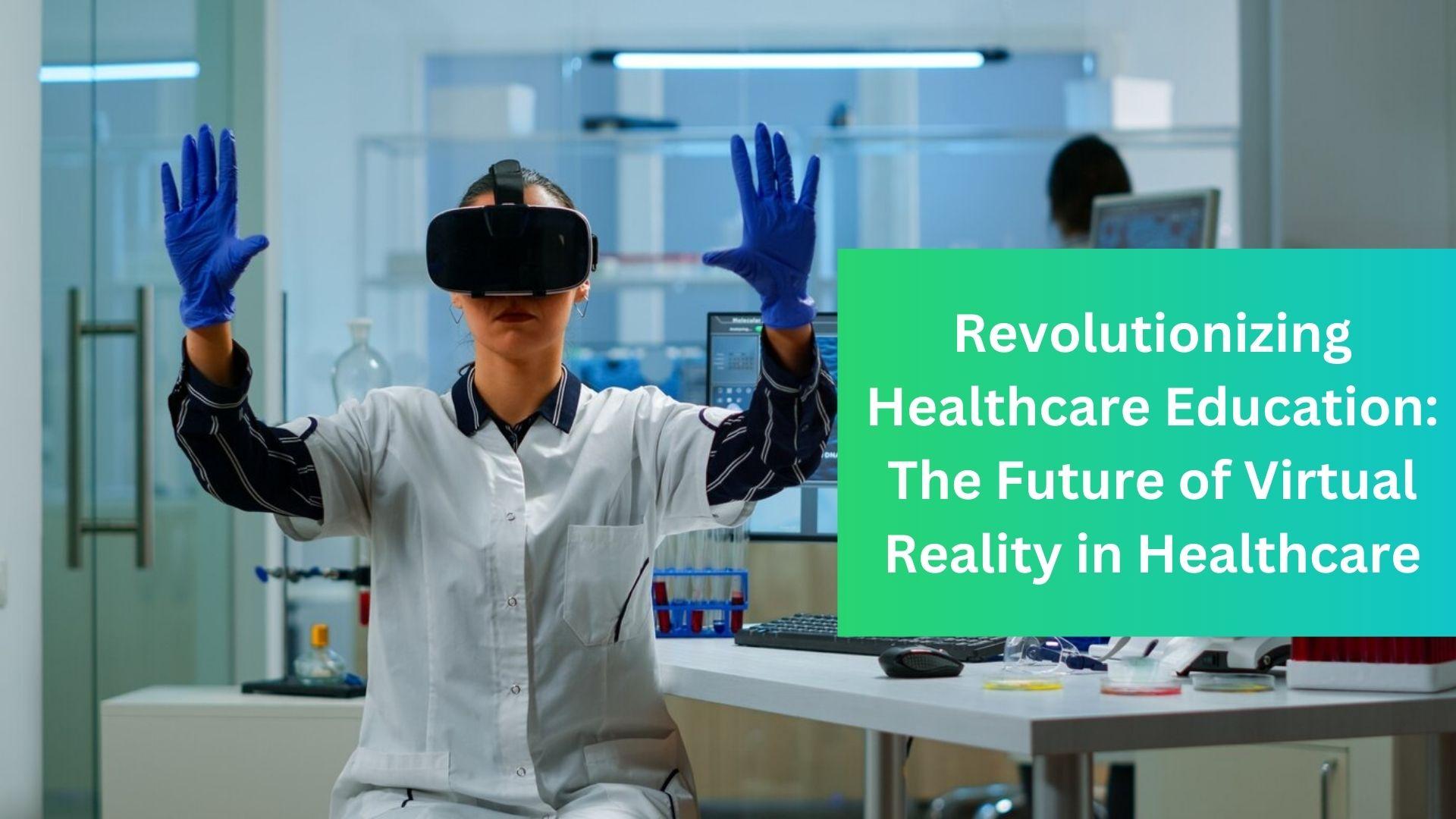
Virtual reality (VR) technology has emerged as a solid contender for the role of a transformative tool in the healthcare industry. What is remarkable is how virtual reality in healthcare has evolved from entertainment tech to providing immense functional value. This article explores the future of Virtual Reality in healthcare education and treatment. It’s a precise but indispensable addition where VR plays a pivotal role in diagnosis, treatment, training, and patient care.
With the use of a VR headset, patients can gain a clearer understanding of their conditions. This heightened awareness leads to increased adherence to treatment plans and significantly improved health outcomes.
Presence Improves Memory and Action
In other words, the value of immersive diagnosis lies in knowledge retention and action. With the advent of VR, medical students can move beyond traditional diagnostic methods like X-rays and MRIs. Instead, they can now use VR to explore a 3D representation of the patient’s cardiovascular system. The trainees can navigate every nook and cranny of the patient’s anatomy, identifying potential causes and effects with increased accuracy and speed.
What is possible now is incredible – a hyper-realistic virtual walkthrough of a patient’s body. Students can detect precise conditions. Moreover, this technology can play an important empathetic role in patient education.
Precision Training through VR Simulations
Training for surgery is a resource-intensive task. With the introduction of virtual reality in medical training, the ability to learn surgical procedures has improved drastically in both resource efficiency and procedural precision. Medical training students can now practice complex surgeries using VR simulations. These simulations replicate the surgical environment, allowing students to become familiar with the patient’s anatomy and anticipate potential challenges before they even step into the operating room.
Consider the use of VR in neurosurgery. Precision is essential for operating on the brain. VR simulations help medical students get familiar with the intricate structure of the brain with high accuracy, thereby building their procedural confidence. The application is not limited to medical schools; there is a compelling use case for VR tech in surgeries. Surgeons can reduce the risk of complications by rehearsing surgeries beforehand using VR, greatly influencing the outcome of the surgery.
The New Frontier: Pain Management and Rehabilitation
VR technology is evolving into a valuable asset in helping patients manage pain and undergo rehabilitation. Environments designed in the VR space help patients disengage from pain and discomfort, drastically improving quality of life and the healing process. A great example of this application is in the treatment of burn patients who can now use VR tech to immerse themselves in tranquil virtual landscapes, particularly valuable during wound dressing changes to alleviate pain.
Furthermore, VR-driven physical therapy exercises are gaining popularity. Those healing from injuries or surgeries can use personalized VR exercises, which have proved to be effective. Recovering patients find these exercises engaging and motivating, greatly increasing their ability to stick to their rehabilitation routines.
Overcoming Geographic Barriers with VR in Healthcare
VR in healthcare has the potential to take telemedicine to the next stage of effectiveness and patient reach. Virtual reality has literally broken down geographical barriers, decreasing the perception of distance between patients and health providers. Patients can now connect with the best specialists from the comfort of their homes and retain high-quality interaction supported by the inherent immersiveness of VR tech. This familiarity can increase the frequency of virtual check-ups and follow-up appointments.
Treating Mental Health
Mental health is a major area where virtual reality is all set to make a paradigm-shifting impact. Virtual reality therapy (VRT) is an emerging treatment method to help mental health patients treat phobias, PTSD, and anxiety disorders. Virtual reality allows for a controlled exposure to fears and trauma, gradually desensitizing patients.
Another nuanced treatment approach to mental health is VR-based relaxation and meditation experiences. Its inherent immersiveness can reduce stress and improve overall mental health. During the experience, users are transported to calm landscapes, offering a much-needed respite from the unavoidable stresses of everyday life.
Conclusion: Shaping the Future of Healthcare with VR
Virtual reality is transforming healthcare and shaping its future in remarkable ways. From improved diagnosis and surgical precision to revolutionized medical training and mental health treatment, VR makes healthcare more accessible, efficient, and patient-focused.
Although challenges and ethical considerations exist, the potential benefits of integrating VR into healthcare are too important to disregard. As technology evolves, it’s clear that the future of the healthcare system is closely entwined with the power of virtual reality. The future of healthcare is undoubtedly virtual.








